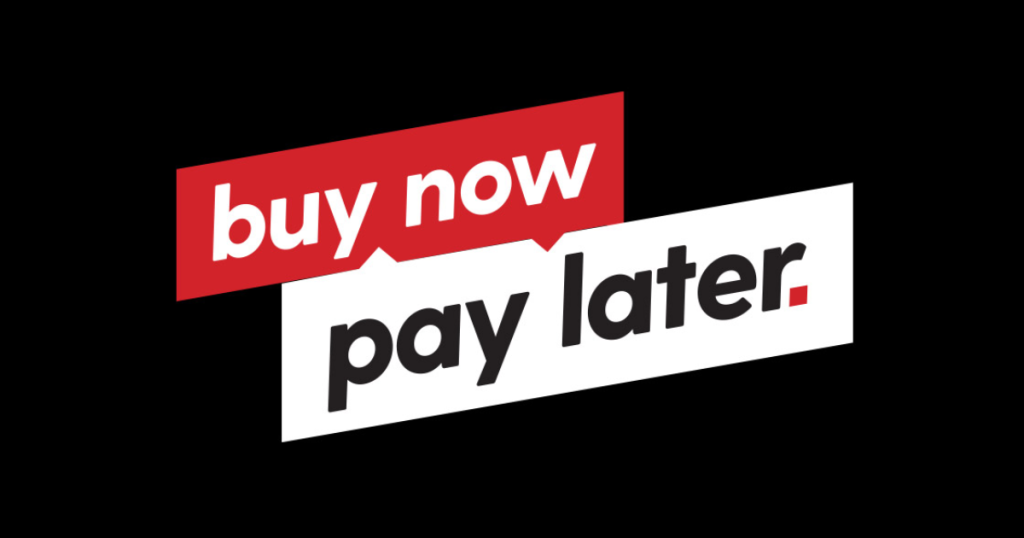Navigating Debt Relief:
Understanding FTC Rules and How CreditGUARD Can Help

Introduction
The world of finance has been a terrain of constant evolution, with Buy Now, Pay Later (BNPL) emerging as a recent and impactful disruptor. Generation Y, born between shifting economic paradigms, finds BNPL particularly intriguing. This innovative approach to payments reshapes conventional wisdom about debt and instant gratification. Within this context, let’s delve deeper, drawing upon CreditGUARD’s expertise, to understand the complexities and potential BNPL offers to Generation Y’s financial journey.
BNPL Unraveled: What Is It and Why Is It So Popular?
Diving into the intricacies and widespread adoption of BNPL reveals more than surface-level convenience:
- Immediate Access: BNPL resonates with today’s instant culture, mirroring streaming services and one-day deliveries. Why wait for an item when you can own it now and pay incrementally?
- Flexibility: No longer are consumers shackled by the full weight of a product’s price tag. They can now distribute payments over weeks or months, making luxury more accessible and less intimidating.
- Convenience & Trust: Integrating BNPL at digital checkouts is seamless, and trust in these platforms has grown. Many users appreciate the transparency offered regarding fees, installment dates, and terms and conditions, which traditional credit often obscures.
Generation Y’s Financial Scenario:
The financial universe Gen Y inhabits is both challenging and diverse:
- Debt Dynamics: Graduating into recessions, the burden of student loans, and the rise of gig economy jobs have collectively painted a unique financial backdrop for Gen Y. Their approach to debt and credit is invariably influenced by these factors.
- Budgetary Battles: With the global marketplace shrinking into the palm of their hand, Gen Y’s expenditure gets influenced by international trends, celebrities, and global events, adding more variables to their budgetary equations.
- Digital Dependency: The era of physical cash is fading. Cryptocurrencies, digital wallets, and contactless payments have added layers of complexity to Gen Y’s spending habits.
Why Does Gen Y Gravitate to BNPL?
Their predilection for BNPL isn’t mere coincidence:
- Integration with Digital Platforms: E-commerce growth has been meteoric, expanding beyond gadgets to groceries. With BNPL facilitating ease of purchase, it’s no wonder Gen Y finds it appealing.
- The Social Media Influence: FOMO (Fear of Missing Out) is real. When peers flaunt the latest gadgets or vacation spots on Instagram or TikTok, the pressure to conform and showcase is palpable. BNPL provides a pathway to participate without immediate financial repercussions.
- The BNPL vs. Credit Card Debate: Traditional credit is a long-term commitment, often with hidden clauses. BNPL’s straightforwardness offers a refreshing alternative, which Gen Y, wary of traditional credit pitfalls, finds alluring.

The Financial Footprint of BNPL on Gen Y:
BNPL’s convenience has shades of grey:
- Budgetary Impact: The ripple effect of multiple small commitments can soon turn into a tidal wave of debt. It’s easy to underestimate the cumulative impact of multiple BNPL commitments until they converge into a financial storm.
- The Debt Domino Effect: With multiple platforms offering BNPL, there’s a risk of juggling various payment schedules. One oversight can cascade into multiple missed payments.
- Payment Pitfalls: Like any financial agreement, BNPL has its nuances. Unexpected interest rates after missed payments or not understanding grace periods can lead to unnecessary financial strain.
Striking a Balance: BNPL and Smart Budgeting:
The dance between BNPL’s allure and financial prudence:
- Plan Ahead: Like any journey, foresight helps. Projecting future commitments, including BNPL installments, can avoid financial roadblocks.
- Use Responsibly: Temptations abound, but discernment is key. Before opting for BNPL, introspection about the product’s necessity can prevent potential financial pitfalls.
- Seek Guidance: Institutions like CreditGUARD can provide a compass, offering insights and strategies to navigate the BNPL landscape responsibly.
Eyeing a Financially Stable Future for Gen Y:
Beyond the allure of instant gratification:
- Long-term Vision: Short-term convenience shouldn’t overshadow long-term goals. Property investments, retirement plans, and long-term savings should parallel BNPL indulgences.
- Emergency Readiness: Life throws curveballs. A healthy emergency fund can deflect financial shocks, ensuring that BNPL commitments don’t spiral out of control during unforeseen crises.
- Credit and Investment Know-How: Diverse financial knowledge equips Gen Y to navigate not only BNPL but the broader financial spectrum. Familiarizing oneself with various credit systems, interest dynamics, and investment avenues paves the way for comprehensive financial security.
Conclusion:
BNPL, a symbol of modern financial flexibility, is a double-edged sword. For Generation Y, adeptly maneuvering its advantages while sidestepping its pitfalls can mean the difference between financial freedom and inadvertent debt. Through education, guidance, and prudent planning, epitomized by institutions like CreditGUARD, Generation Y can harness BNPL to its fullest potential, crafting a financial narrative that’s both progressive and secure.
Call Credit Guard
Be Debt Free. Faster.
Contact One of Our Agents!
By providing your information, you consent and request to be contacted by CreditGuard and/or our member(s) to your phone, cell phone, email, text/SMS, and through the use of pre-recorded messages and automated dialing technology at the number(s) listed above even if your number provided on the form above is on a State, National or Corporate Do Not Call List. You are not required to purchase any goods and/or services. Standard carrier and messaging rates will apply.
Client Testimonials
"I am so grateful for my experience with Credit Guard of America. I frequently had to call with questions and concerns and they were always so helpful and kind. I had to speak with Eric a lot, I’m assuming he’s a part of management, and it was always a pleasure. They made it easy to pay off accounts and do extra payments. All 5 of my credit accounts are now paid and I couldn’t have done it without this program. I was happy to recommend them to one of my closest friends! "